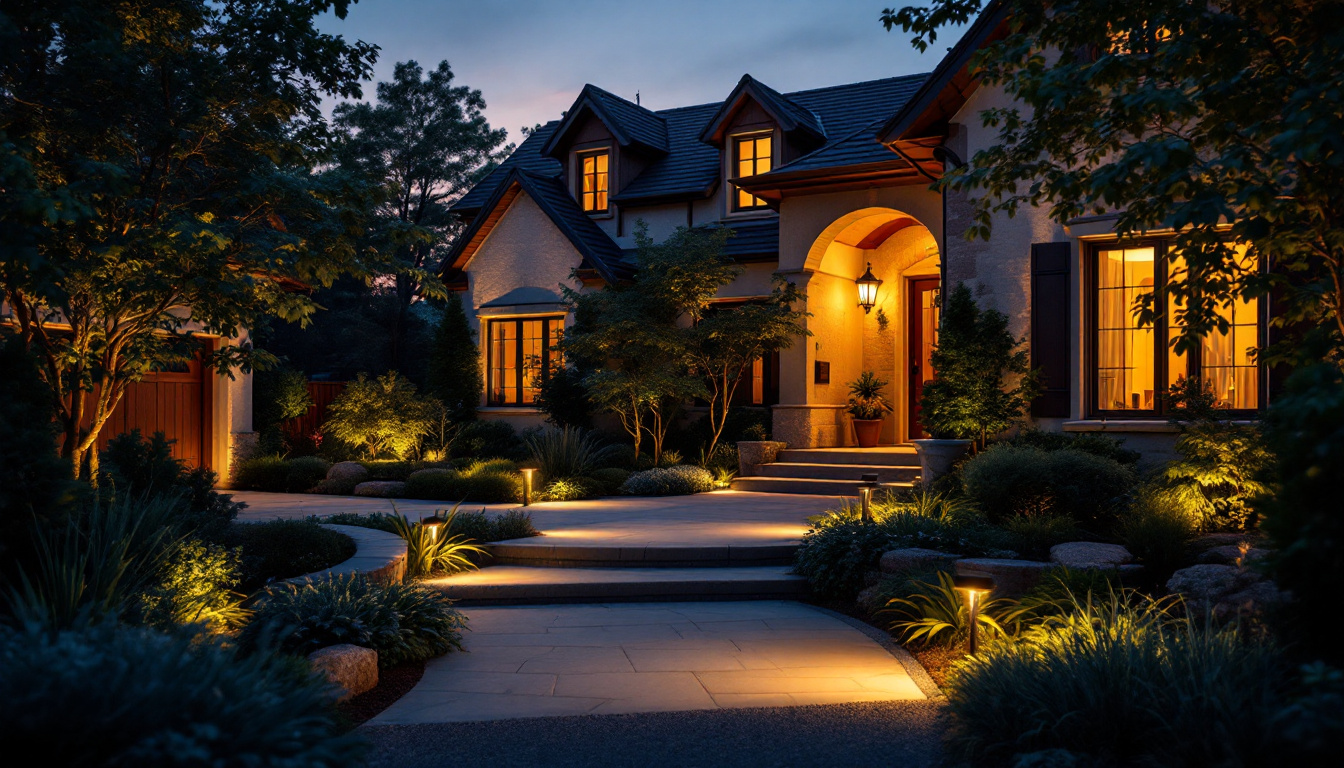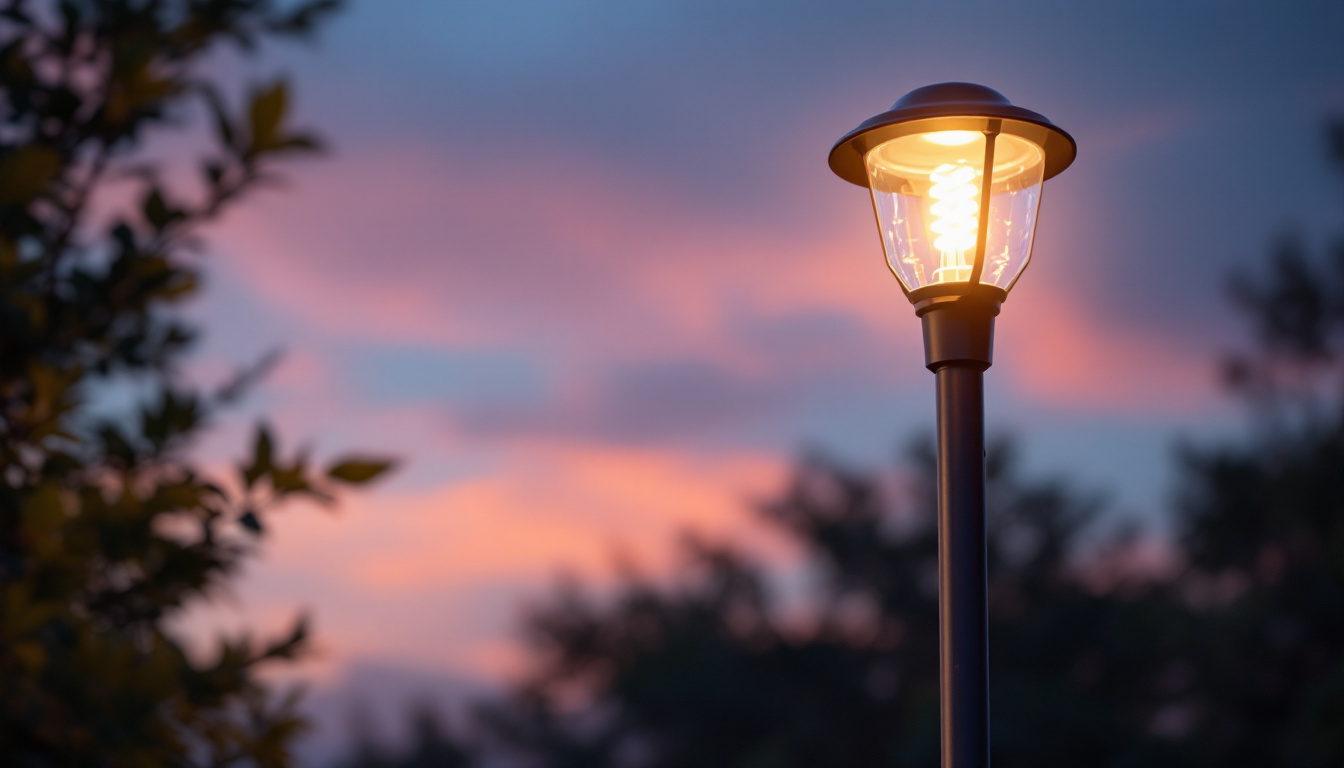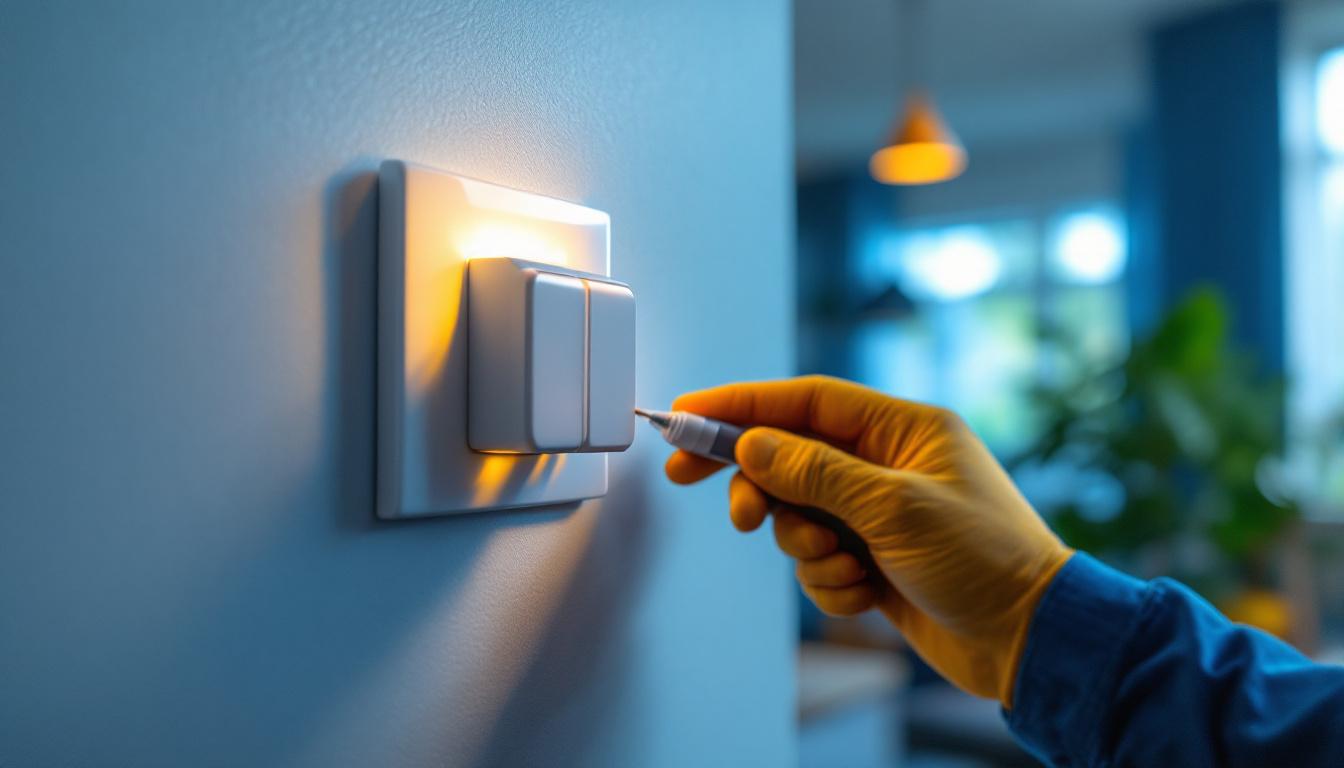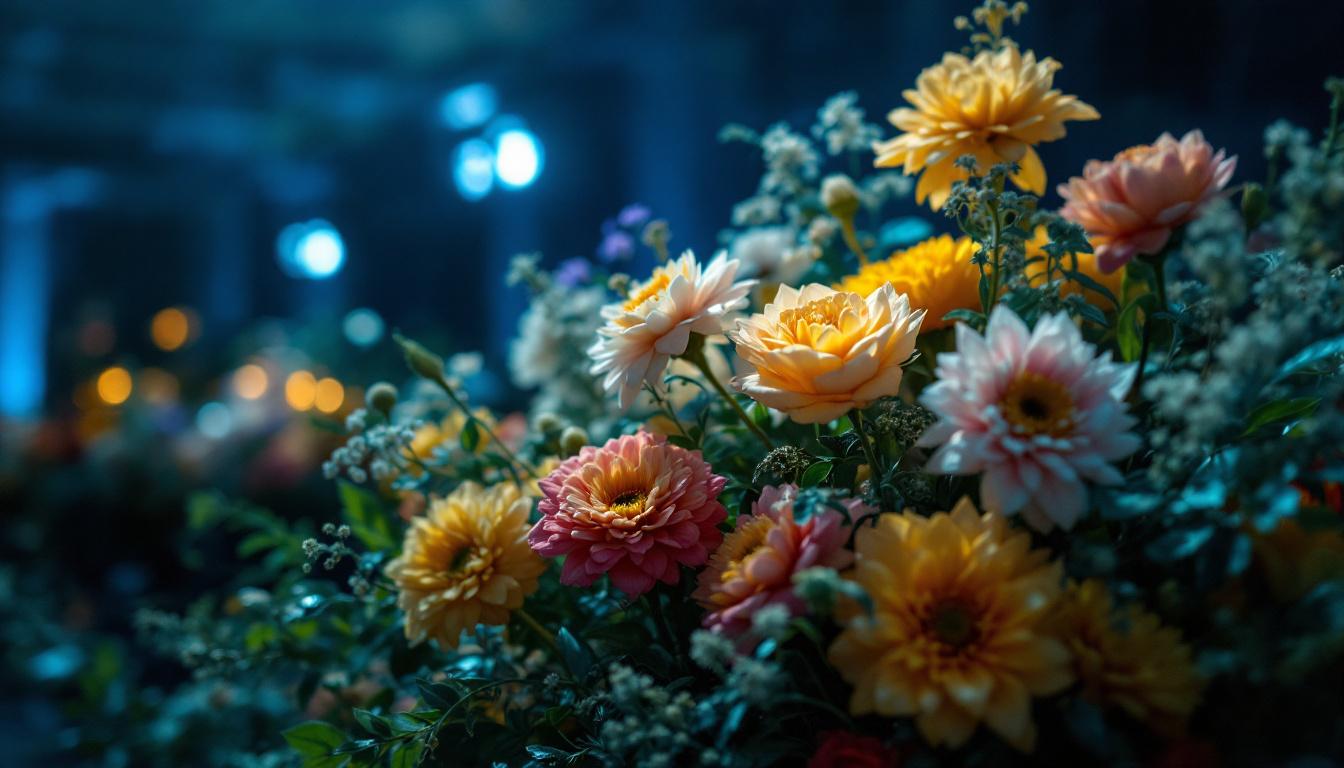
Outdoor house spotlights are an essential element of landscape design, providing both functionality and aesthetic appeal. For lighting contractors, understanding the nuances of outdoor spotlight installation is crucial for delivering high-quality results. This checklist serves as a comprehensive guide to ensure that every aspect of the installation process is covered, from planning to execution.
Before diving into the specifics of installation, it’s important to grasp the fundamental concepts surrounding outdoor spotlights. These fixtures are designed to illuminate specific areas or features in a landscape, enhancing safety and visibility while creating an inviting atmosphere. Properly placed outdoor spotlights can transform a mundane yard into a stunning nighttime landscape, showcasing architectural details, garden features, or pathways. Furthermore, they can deter potential intruders by eliminating dark corners and enhancing overall security.
Outdoor spotlights come in various styles and designs, each serving different purposes. The most common types include:
When selecting outdoor spotlights, several features should be taken into account:
Additionally, the placement of outdoor spotlights plays a vital role in their effectiveness. For instance, positioning lights at varying heights can create depth and dimension in your landscape, while strategically placing them along pathways can guide guests safely to your door. Moreover, considering the color temperature of the lights can also influence the mood of your outdoor space; warmer tones can create a cozy ambiance, while cooler tones can evoke a more modern and sleek atmosphere. By thoughtfully selecting and positioning your outdoor spotlights, you can enhance the beauty of your property while ensuring safety and functionality.
Effective planning is the cornerstone of any successful lighting project. This stage involves assessing the landscape, determining the client’s needs, and mapping out the installation process.
Conducting a thorough site assessment is essential. This involves evaluating the landscape features that require illumination, such as:
Take note of any existing lighting and how it interacts with the proposed spotlights. Understanding the layout will help in determining the optimal placement of fixtures. Additionally, consider the natural light sources in the area, such as streetlights or nearby buildings, which may affect the overall effectiveness of your lighting design. Observing the site at different times of day can provide valuable insights into how shadows and light play across the landscape, allowing for a more dynamic lighting scheme.
Engaging with the client is crucial to understand their vision and requirements. Discuss their preferences regarding:
Documenting these discussions will ensure that the project aligns with the client’s expectations and provides a clear reference throughout the installation process. It may also be beneficial to present visual examples or case studies of previous projects to help clients articulate their preferences. This can foster a collaborative atmosphere where clients feel their input is valued, ultimately leading to a more satisfying outcome.
Once the assessment and consultation are complete, it’s time to design the lighting plan. This plan should include:
Utilizing design software can help visualize the layout and make adjustments before the physical installation begins. A well-thought-out plan minimizes errors and enhances efficiency during installation. Furthermore, consider incorporating flexibility into the design, allowing for future modifications or expansions. As technology evolves, the ability to upgrade lighting systems with new features or energy-efficient options can be a significant advantage, ensuring the installation remains relevant and functional for years to come. Additionally, think about the environmental impact of the lighting choices, opting for LED fixtures or solar-powered options where feasible, to promote sustainability in the project.
The installation phase is where the planning comes to fruition. Proper execution is key to ensuring the longevity and functionality of the lighting system.
Before starting the installation, ensure that all tools and materials are on hand. Common tools required include:
Having everything ready will streamline the process and prevent unnecessary delays.
Begin by installing the fixtures according to the lighting plan. Key steps include:
Attention to detail during this stage will pay off in the final appearance and functionality of the lighting system.
Once the installation is complete, it’s crucial to test the entire system. Check for:
Testing ensures that any adjustments can be made before the project is finalized, providing a polished result for the client.
Encourage clients to perform regular checks on their outdoor spotlights. Key maintenance tasks include:
Providing a maintenance schedule can help clients stay proactive, ensuring their outdoor lighting remains effective and appealing.
Even with regular maintenance, issues may arise. Common problems include:
Equipping clients with troubleshooting tips can empower them to resolve minor issues without needing immediate professional assistance.
Providing an exceptional client experience is paramount for lighting contractors. This not only leads to repeat business but also fosters positive word-of-mouth referrals.
Throughout the project, maintain open lines of communication with the client. Regular updates on progress, potential challenges, and timelines can help manage expectations and build trust.
After completing the installation, a follow-up visit or call can demonstrate commitment to customer satisfaction. This is an opportunity to:
Such follow-ups can enhance client relationships and encourage future collaborations.
Outdoor house spotlights play a crucial role in enhancing the safety and beauty of residential landscapes. For lighting contractors, adhering to a comprehensive checklist ensures that every project is executed with precision and professionalism. From understanding the basics and planning meticulously to executing the installation and providing ongoing support, each step contributes to the overall success of the project.
By following this guide, lighting contractors can not only meet but exceed client expectations, solidifying their reputation in the industry and paving the way for future opportunities. The art of outdoor lighting is not just about illumination; it’s about creating experiences that resonate with homeowners and enhance their living spaces.
Ready to elevate your outdoor spotlight projects with the highest quality lighting solutions? Look no further than LumenWholesale, where we provide contractors with spec-grade lighting products at unbeatable wholesale prices. Our commitment to cutting out the middleman means you get superior lighting without the inflated markups. With our vast selection that meets rigorous industry standards, you can trust in the reliability and performance of every fixture. Plus, with the convenience of free shipping on bulk purchases, LumenWholesale ensures you receive premium lighting at the best value — without hidden fees or compromises. Enhance your outdoor lighting installations today and experience Wholesale Lighting at the Best Value.

Discover the essential role of lamp post bases in enhancing energy efficiency and sustainability in urban lighting.

Discover essential tips and techniques for lighting contractors to master low voltage wiring connectors.

Discover how electrical outlet switches can revolutionize your lighting contracting business.

Discover how lighting flowers can provide a competitive advantage for lighting contractors.